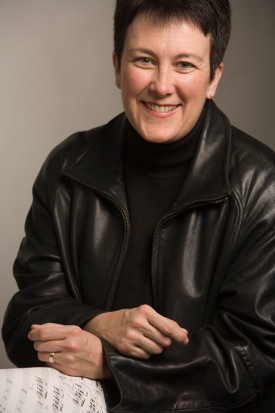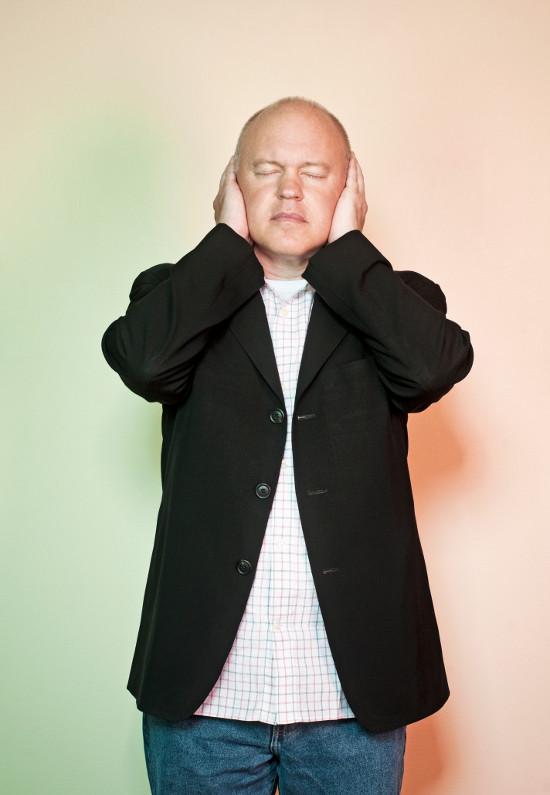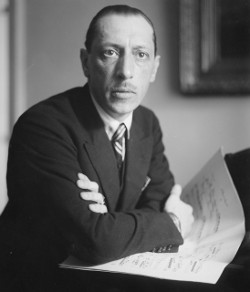
The blast of a train whistle has been transformed in the hands of composer Jacob Bancks - a shrill warning becoming the musical core of a composition that he intends as a greeting to his new community.
Using a "whistle chord" as musical glue and localism as an overriding theme, Bancks combined elements of the Mississippi River and the railroad in a way that is artful, rigorous, and sophisticated. But in creating Rock Island Line - which the Quad City Symphony Orchestra will debut on March 8 and 9 - he also incorporated nods to a local jazz legend and a popular song, playful components that help the work breathe and reach out to the audience.
Yet moving from ideas to a finished composition was not a straight line for the Quad Cities-based composer (who turns 32 on February 21). The effort included derailment and dead ends before finding workable inspiration toward an ultimate destination.
In earlier commissioned works, Bancks tried to find musical and non-musical connections to the organization and community for which he was writing. But this time the commissioning agent was the orchestra where he lives, and Bancks was particularly sensitive about the audience and community for whom this premiere would be presented. "These images and how they work with each other are very important to me, because this is my first piece in my new home and new community where I hope to remain," he said in August, in his first interview with the River Cities' Reader. "So, for me, through this piece, I will meet musical people I hope to meet again. And ... this would be a good way to introduce myself to a community I hope to be a part of."

 Jennifer Higdon's Violin Concerto unfolds as a slow burn with flickering, firefly-like tones, then straps you into a sonic roller coaster, corkscrewing through ever-changing musical images. When you have experienced the sublime disorderliness of Higdon's concerto, it seems miraculous that it ultimately makes sense; you have experienced something that was perceivable if not completely comprehensible.
Jennifer Higdon's Violin Concerto unfolds as a slow burn with flickering, firefly-like tones, then straps you into a sonic roller coaster, corkscrewing through ever-changing musical images. When you have experienced the sublime disorderliness of Higdon's concerto, it seems miraculous that it ultimately makes sense; you have experienced something that was perceivable if not completely comprehensible.
 Within seconds of the new ballet's unusual musical beginning - a solo bassoon - the audience began hissing and making comments. As the music burst into unchanging pitches of repeated rhythmic patterns, the curtain opened with strangely costumed dancers stamping their feet in a pigeon-toed position. No traditional tutus and toe shoes here; they wore long-sleeved dresses, headbands, and cross-laced leggings into moccasin-type shoes.
Within seconds of the new ballet's unusual musical beginning - a solo bassoon - the audience began hissing and making comments. As the music burst into unchanging pitches of repeated rhythmic patterns, the curtain opened with strangely costumed dancers stamping their feet in a pigeon-toed position. No traditional tutus and toe shoes here; they wore long-sleeved dresses, headbands, and cross-laced leggings into moccasin-type shoes.







